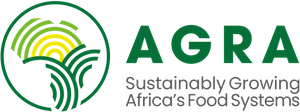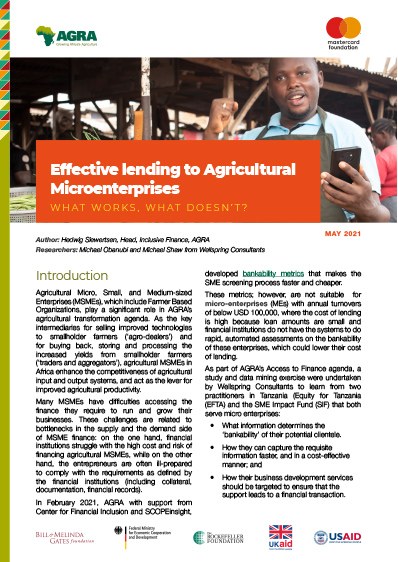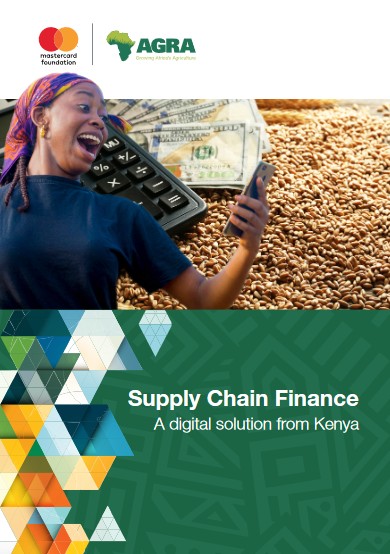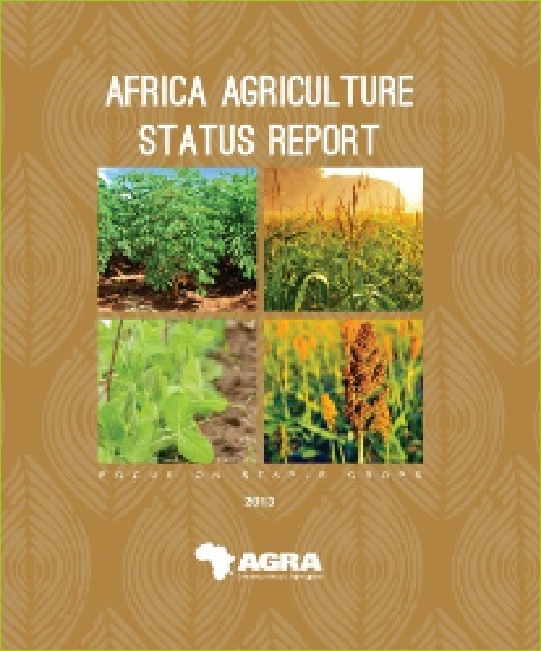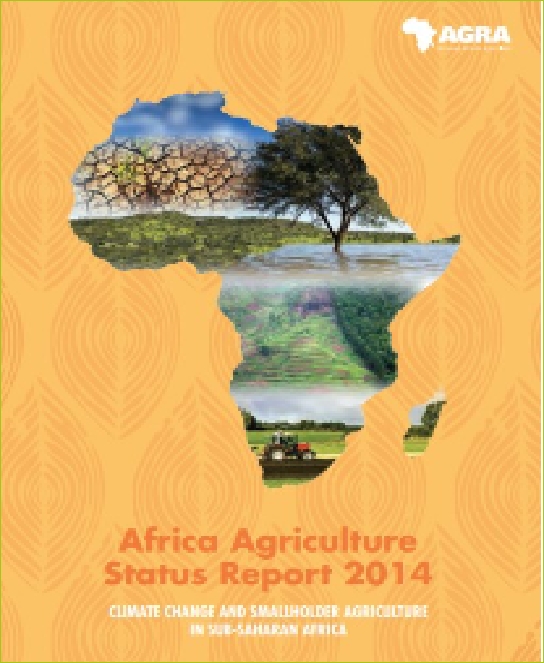Variability in soybean yields, nutrient use efficiency, and profitability with application of phosphorus fertilizer and inoculants on smallholder farms in sub-Saharan Africa
Although soybean is emerging as an important commercial crop in sub-Saharan Africa (SSA), its productivity on smallholder farms is very low. Soybean requires application of phosphorus (P) fertilizer and inoculation with the right rhizobium strains to achieve optimum biological nitrogen fixation and higher yields. However, subsistence farmers in SSA rarely invest in P fertilizers and inoculants due to lack of knowledge of their use and benefits. Most of the early reports on soybean in SSA have been based on work on research stations; hence, information is lacking on the profitability of fertilizer and inoculant use on smallholder farms in SSA. The main hypothesis of the present study was that the combined application of P and inoculants significantly reduces yield risks and increases P use efficiency and profitability compared with P fertilizer alone under smallholder farm conditions. We analyzed a data set of over 2,800 observations from on-farm demonstrations across Ghana, Kenya, Malawi, Rwanda, Tanzania, Uganda, and Zambia. Soybean yields, the partial factor productivity of P (PFPP), agronomic efficiency of P (AEP), and the value cost ratio (VCR) were significantly improved by the combined application of P fertilizer with inoculants than with P fertilizer alone. Combining P and inoculants increased yields over P alone by 17.3% in Kenya, 21.4% in Zambia, 25.7% in Ghana, 56.4% in Tanzania, and 57.1% in Malawi. However, soil organic matter was an important determinant of yield response and P use efficiency.


